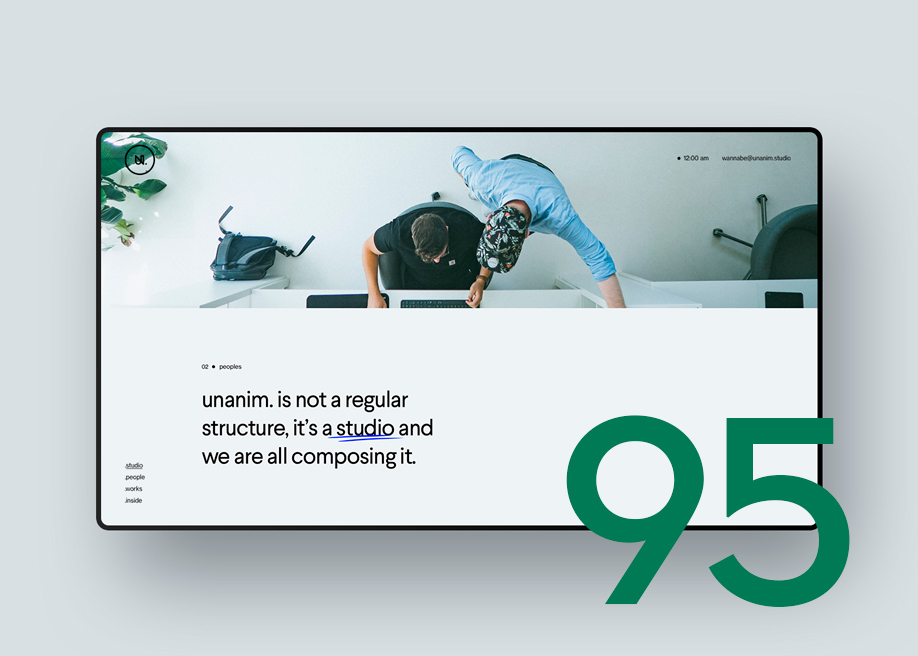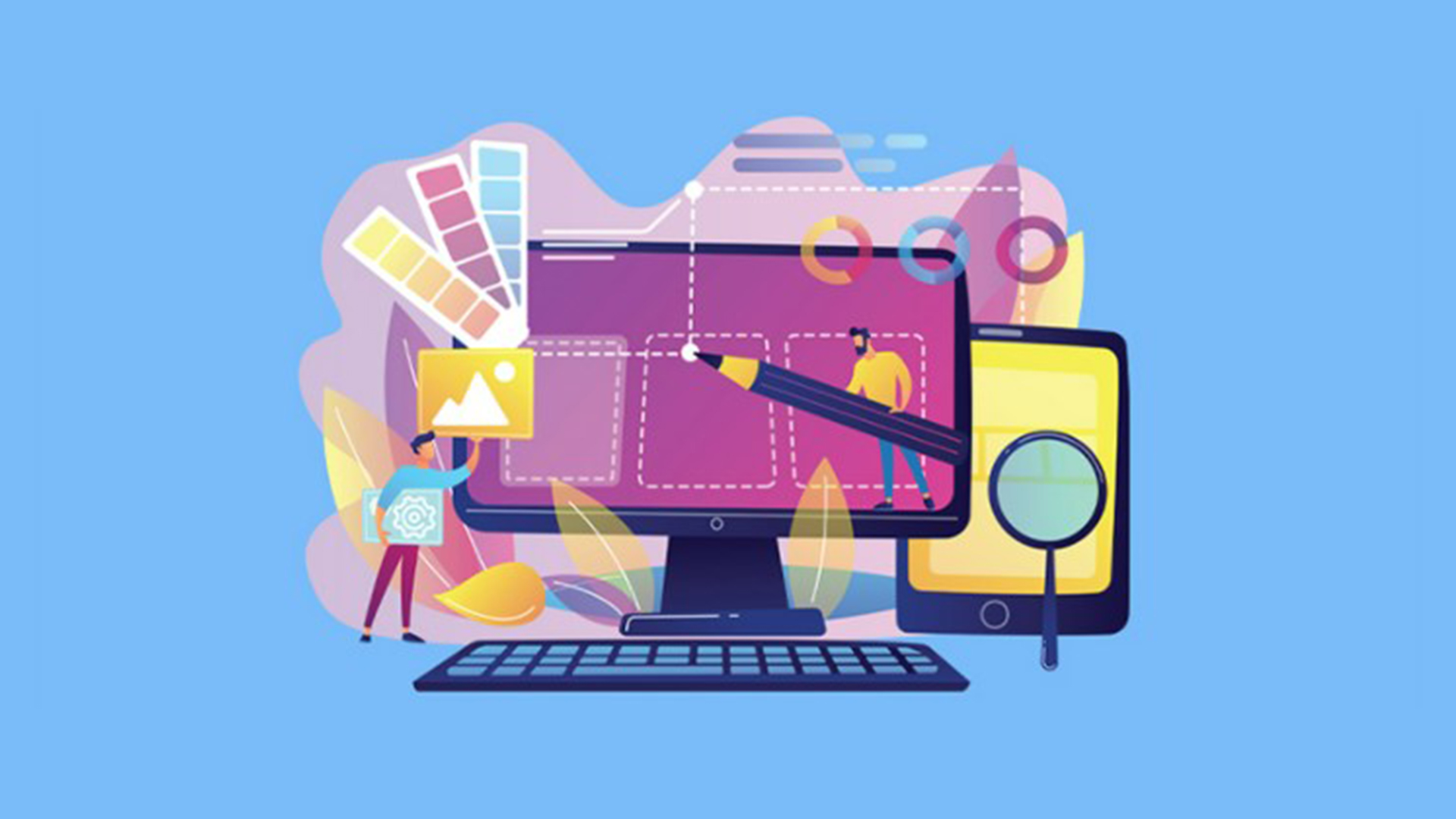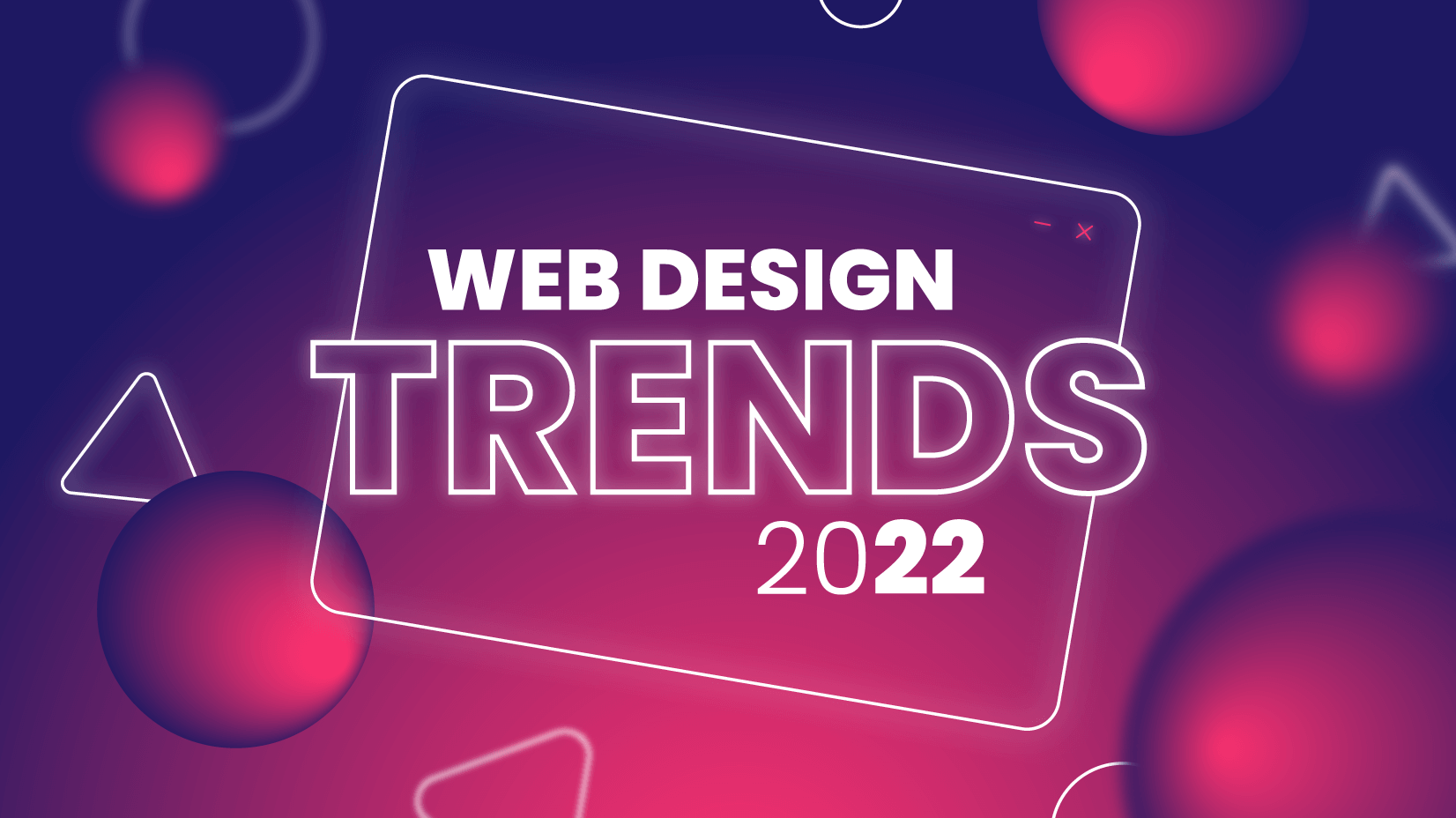All Categories
Featured
Table of Contents
- – Basics Of Web Development & Coding Specializat...
- – 53 Web Design Tools To Help You Work Smarter ...
- – Web Developers And Digital Designers - Bureau...
- – Design Principles - U.s. Web Design System (U...
- – Web Design Vs. Web Development - Upwork Tips ...
- – Trajectory: Atlanta Web Design Company Tips a...
- – Web Design And Engineering Major - Santa Cla...
- – What Does A Web Designer Do? - Careerexplore...
- – Web Design And Engineering Major - Santa Cla...
- – Web Design Definition - Techterms Tips and T...
- – Web Design - Wikipedia Tips and Tricks:
Basics Of Web Development & Coding Specialization - Coursera Tips and Tricks:
Quick summary Use and the utility, not the visual design, determine the success or failure of a website. Because the visitor of the page is the only individual who clicks the mouse and for that reason decides whatever, user-centric style has actually established as a basic method for successful and profit-oriented website design - web design frederick md.
and the utility, not the visual style, figure out the success or failure of a site. Considering that the visitor of the page is the only person who clicks the mouse and therefore chooses whatever, user-centric style has become a standard technique for effective and profit-oriented website design. If users can't utilize a function, it might as well not exist.
g. where the search box should be positioned) as it has actually currently been carried out in a variety of posts; rather we focus on the approaches which, used properly, can result in more sophisticated style choices and streamline the process of perceiving provided information. Please observe that you might be thinking about the usability-related articles we have actually released prior to: Concepts Of Great Website Style And Reliable Web Design Guidelines, In order to utilize the principles effectively we first need to understand how users connect with sites, how they believe and what are the standard patterns of users' behavior.
53 Web Design Tools To Help You Work Smarter In 2022 Tips and Tricks:
Visitors look at each brand-new page, scan a few of the text, and click on the first link that catches their interest or slightly looks like the thing they're searching for. In fact, there are big parts of the page they do not even look at. Most users look for something interesting (or helpful) and clickable; as quickly as some promising candidates are discovered, users click.
If a page offers users with top quality content, they are prepared to jeopardize the material with advertisements and the style of the site. This is the reason not-that-well-designed sites with premium content acquire a lot of traffic over years. Material is more vital than the style which supports it.

Users don't read, they scan. Notification how "hot" areas abrupt in the middle of sentences. This is typical for the scanning procedure. Really simple concept: If a website isn't able to fulfill users' expectations, then designer failed to get his job done appropriately and the business loses money. The greater is the cognitive load and the less user-friendly is the navigation, the more willing are users to leave the site and search for alternatives.
Web Developers And Digital Designers - Bureau Of Labor ... Tips and Tricks:
Neither do they scan webpage in a direct fashion, going sequentially from one site section to another one. Rather users satisfice; they choose the very first sensible choice. As soon as they discover a link that looks like it might cause the objective, there is an extremely excellent chance that it will be right away clicked.
It does not matter to us if we understand how things work, as long as we can utilize them. If your audience is going to act like you're designing signboard, then style terrific billboards." Users want to be able to control their web browser and rely on the constant information presentation throughout the site.
If the navigation and site architecture aren't user-friendly, the variety of concern marks grows and makes it harder for users to comprehend how the system works and how to get from point A to point B. A clear structure, moderate visual clues and easily identifiable links can assist users to find their course to their aim.
Design Principles - U.s. Web Design System (Uswds) Tips and Tricks:

claims to be "beyond channels, beyond items, beyond distribution". What does it imply? Considering that users tend to explore websites according to the "F"-pattern, these 3 declarations would be the very first components users will see on the page once it is filled. The design itself is easy and intuitive, to comprehend what the page is about the user requires to browse for the response.
Once you have actually accomplished this, you can interact why the system is helpful and how users can benefit from it. Do Not Waste Users' Patience, In every task when you are going to use your visitors some service or tool, try to keep your user requirements minimal.
Novice visitors are willing to, not filling long web forms for an account they might never use in the future. Let users check out the site and find your services without requiring them into sharing private data. It's not affordable to require users to go into an e-mail address to evaluate the feature.
Web Design Vs. Web Development - Upwork Tips and Tricks:
Stikkit is a perfect example for an easy to use service which needs nearly nothing from the visitor which is unobtrusive and soothing. Which's what you want your users to feel on your web site. Obviously, Mite needs more. Nevertheless the registration can be done in less than 30 seconds as the kind has horizontal orientation, the user doesn't even need to scroll the page.
A user registration alone is enough of an impediment to user navigation to cut down on inbound traffic. 3. Handle To Focus Users' Attention, As sites supply both fixed and dynamic material, some elements of the interface draw in attention more than others do. Clearly, images are more appealing than the text simply as the sentences marked as vibrant are more appealing than plain text.
Focusing users' attention to specific locations of the site with a moderate usage of visual aspects can help your visitors to receive from point A to point B without thinking about how it actually is expected to be done. The less question marks visitors have, the they have and the more trust they can establish towards the business the site represents.
Trajectory: Atlanta Web Design Company Tips and Tricks:
Strive For Function Direct exposure, Modern web styles are normally slammed due to their method of guiding users with visually appealing 1-2-3-done-steps, large buttons with visual impacts and so on. From the design point of view these aspects in fact aren't a bad thing.
The site has 9 primary navigation choices which are noticeable at the first look. What matters is that the content is well-understood and visitors feel comfortable with the way they communicate with the system.
com gets straight to the point. No cute words, no exaggerated statements. Instead a rate: just what visitors are searching for. An ideal solution for reliable writing is touse short and concise phrases (come to the point as rapidly as possible), use scannable design (classify the material, use numerous heading levels, use visual elements and bulleted lists which break the flow of consistent text blocks), usage plain and objective language (a promo does not require to sound like ad; offer your users some sensible and unbiased reason that they ought to use your service or remain on your site)6.
Web Design And Engineering Major - Santa Clara University Tips and Tricks:
Users are rarely on a website to enjoy the design; furthermore, for the most part they are trying to find the details regardless of the design - web design frederick md. Make every effort for simpleness rather of complexity. From the visitors' viewpoint, the very best site design is a pure text, without any ads or further content blocks matching exactly the query visitors utilized or the material they have actually been trying to find.
Finch plainly presents the info about the site and provides visitors a choice of options without overcrowding them with unneeded content. 7. Do not Hesitate Of The White Space, In fact it's really hard to overstate the value of white area. Not just does it help to for the visitors, however it makes it possible to view the details presented on the screen.
Complex structures are harder to read, scan, evaluate and deal with. If you have the choice between separating 2 style segments by a noticeable line or by some whitespace, it's generally better to utilize the whitespace option. (Simon's Law): the much better you handle to offer users with a sense of visual hierarchy, the much easier your material will be to perceive.
What Does A Web Designer Do? - Careerexplorer Tips and Tricks:
The exact same conventions and guidelines should be applied to all elements.: do the most with the least amount of hints and visual elements. Clarity: all elements ought to be designed so their significance is not ambiguous.
Conventions Are Our Friends, Traditional design of site components does not result in an uninteresting web site. It would be an use headache if all websites had various visual discussion of RSS-feeds.
comprehend what they're anticipating from a site navigation, text structure, search positioning etc. A case in point from use sessions is to translate the page in Japanese (presuming your web users don't know Japanese, e. g. with Babelfish) and offer your use testers with a task to find something in the page of various language.
Web Design And Engineering Major - Santa Clara University Tips and Tricks:
Test Early, Test Often, This so-called TETO-principle must be used to every web style project as usability tests typically supply into substantial issues and concerns related to a provided design. Test not too late, not too little and not for the wrong factors.
Some crucial points to remember: according to Steve Krug, and screening one user early in the project is much better than testing 50 near the end. Accoring to Boehm's very first law, mistakes are most regular during requirements and design activities and are the more expensive the later on they are gotten rid of.
That means that you design something, test it, fix it and then test it again. There may be issues which have not been discovered during the preliminary as users were practically blocked by other issues. usability tests. Either you'll be pointed to the problems you have or you'll be indicated the absence of major design flaws which is in both cases an useful insight for your project.
Web Design Definition - Techterms Tips and Tricks:

This holds for designers also. After you have actually dealt with a website for few weeks, you can't observe it from a fresh perspective anymore. You understand how it is developed and for that reason you understand exactly how it works you have the wisdom independent testers and visitors of your website would not have.
It can be linked to other locations such as graphic style, user experience, and multimedia arts, however is more aptly seen from a technological standpoint. It has ended up being a big part of individuals's daily lives. It is tough to picture the Internet without animated graphics, different styles of typography, background, videos and music.

During 1991 to 1993 the Web was born. Text-only pages could be viewed utilizing a basic line-mode web browser. In 1993 Marc Andreessen and Eric Bina, created the Mosaic web browser. At the time there were multiple browsers, nevertheless the majority of them were Unix-based and naturally text heavy. There had been no integrated approach to graphic design aspects such as images or noises.
Web Design - Wikipedia Tips and Tricks:
The W3C was produced in October 1994 to "lead the Internet to its full potential by developing typical protocols that promote its evolution and ensure its interoperability." This dissuaded any one business from monopolizing a propriety web browser and programs language, which could have changed the impact of the World Wide Web as a whole.
As this has actually taken place the innovation of the web has actually likewise moved on. There have likewise been substantial changes in the method people utilize and access the web, and this has actually changed how websites are developed.
Learn more about Lovell Media Group LLC or TrainACETable of Contents
- – Basics Of Web Development & Coding Specializat...
- – 53 Web Design Tools To Help You Work Smarter ...
- – Web Developers And Digital Designers - Bureau...
- – Design Principles - U.s. Web Design System (U...
- – Web Design Vs. Web Development - Upwork Tips ...
- – Trajectory: Atlanta Web Design Company Tips a...
- – Web Design And Engineering Major - Santa Cla...
- – What Does A Web Designer Do? - Careerexplore...
- – Web Design And Engineering Major - Santa Cla...
- – Web Design Definition - Techterms Tips and T...
- – Web Design - Wikipedia Tips and Tricks:
Latest Posts
Web Design Online Course:
Web Design Certificate - Web Development Certificate Program Tips and Tricks:
$899 - Custom Mobile Friendly Website Design By Go Web ... Tips and Tricks:
More
Latest Posts
Web Design Online Course:
Web Design Certificate - Web Development Certificate Program Tips and Tricks:
$899 - Custom Mobile Friendly Website Design By Go Web ... Tips and Tricks: